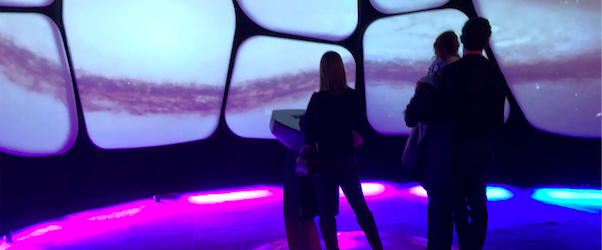The pandemic has changed where people want to spend leisure time – and this may represent an opportunity for cultural entities situated outside of major cities.
Museums, zoos, aquariums, and performing arts organizations in big cities tend to draw more visitation than those situated further from major population centers. After all, they are surrounded by experiences like restaurants, shopping, and other cultural enterprises. Major metropolitan areas also tend to attract more out-of-state tourists than more suburban and rural communities, and serve as destinations for state residents humming along to the famous tune while looking to “forget all their...Never miss the latest read on industry data and analysis.
Already have an account? Sign In



